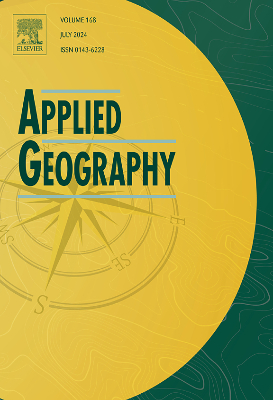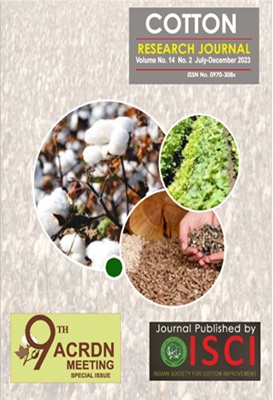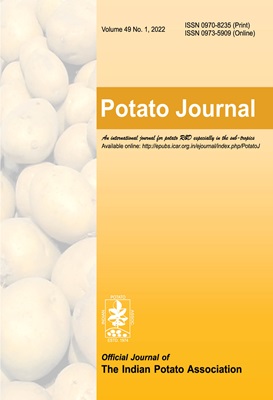Indian Agriculture after Independence
Agriculture is the foundation of the civilization, culture and heritage of
India. Agriculture in India is a complex mosaic of distinct agro-ecosystems,
differentiated by climatic, soil, vegetation and other natural features. About
half of the Indians derive their livelihood from agriculture and allied activities.
It is one of the oldest systems of the world characterized by its diversity
and heterogeneity, unorganized and stressed on account of natural and
anthropogenic vagaries from ?seed to market?. Historically, stressed natural
resources due to unfavourable weather, monsoon and natural calamities
resulted in crop failures leading to food shortage that made serious impacts
on the civilization. Post-Independence, the Indian agriculture transformed
from a food-scarce to food-exporting country primarily due to science led
innovations that caused multifold increase in the agricultural production from
135 million tons in 1950/51 to over 1300 million tons in 2021/22 in spite of
increasing abiotic and biotic stresses and depleting alongwith deteriorating
natural resources.
The book ?Indian Agriculture after Independence? portrays the uniqueness,
diversity, vastness and history; and captures the aspirations of Indian
agriculture to develop a road-map for agri-food system matching with the 4th
Industrial Revolution and the global commitments on food security, nutrition
and sustainability. The first chapter provides an overview of Indian agriculture
with its achievements and aspirations. The following three chapters detail
out the crop and animal husbandry and natural resource management in
the pre-independent India starting from the Vedic to British period. The
subsequent chapters present the achievements of Indian agriculture after
independence in the areas of field crops, horticulture, livestock and poultry,
fisheries and aquaculture, crop and animal health, mechanization and postharvest processing, natural resources management, agricultural education
and extension, as well as policy, investment, collaboration and organizational
leadership.The book is an outcome of a sincere exercise by about 60 leading scientists and
science-leaders of ICAR, from a range of disciplines. In the course of
preparing the book, the authors and editors have received help and support
from different individuals. We are extremely grateful to each one of them. Our
sincere gratitude to the distinguished reviewers namely Dr. RB Singh, Dr. SP
Ghosh, Dr. JC Katyal, Dr. Mruthyunjaya, Dr. MP Yadav, Dr. SL Mehta, Dr. P
Das, Dr. VM Mayande and Dr. AG Ponnaiah for their constructive suggestions
and guidance. The editors take this opportunity to express their gratitude to all the authors for developing the chapters in a comprehensive and time-bound manner.
We sincerely thank Hon?ble Minister of Agriculture and Farmers? Welfare, and Hon?ble
Ministers of State of Agriculture and Farmers? Welfare, Govt. of India and Secretary,
DARE & DG, ICAR for their guidance and support in bringing out this publication. We are
thankful to the ICAR-Directorate of Knowledge Management in Agriculture, New Delhi
for its support in formating, developing the cover page and printing of the book.
We hope that the publication would be useful to the students, researchers, teachers, policy
makers, planners, administrators and the farmers.
| Publication Language |
English |
|---|---|
| Publication Access Type |
Open Access |
| Publication Author |
* |
| Publisher |
ICAR |
| Publication Year |
* |
| Publication Type |
ebooks |
| ISBN/ISSN |
978-81-7164-256-4 |
| Publication Category |
Agricultural Science |
Kindly Login to ICAR Digital Library Portal.











